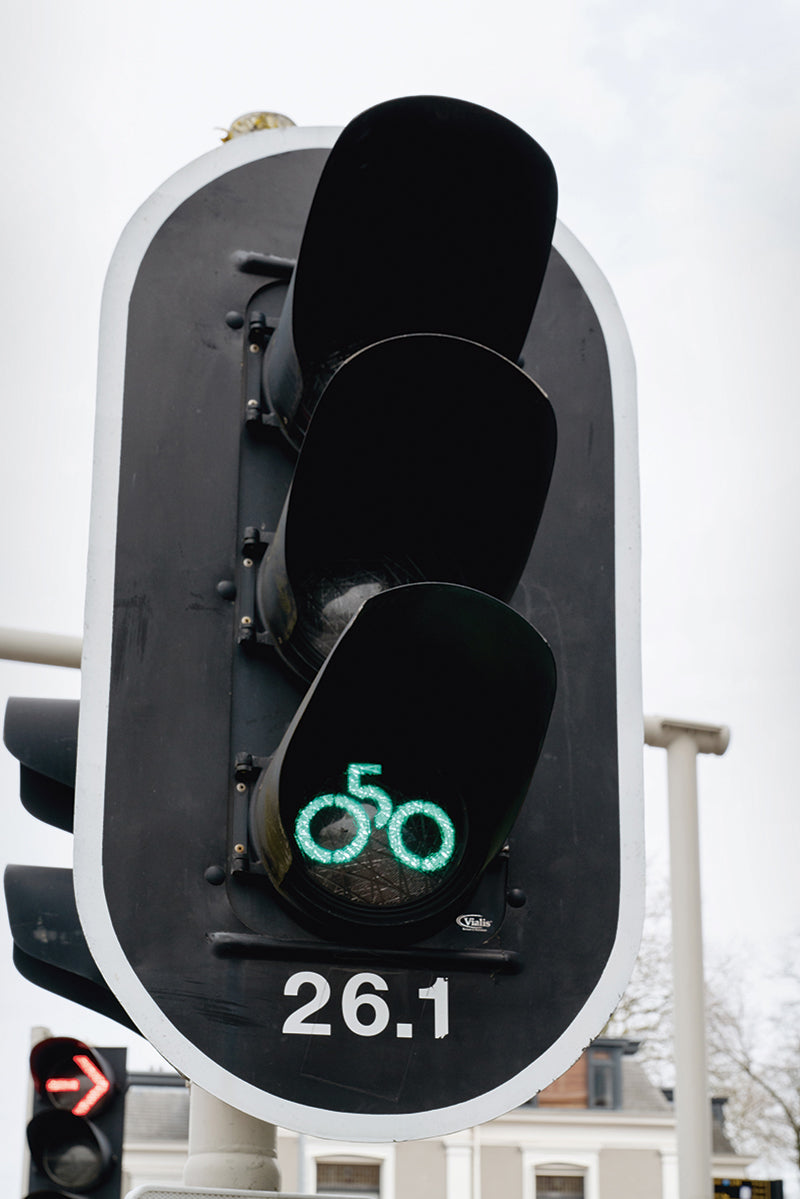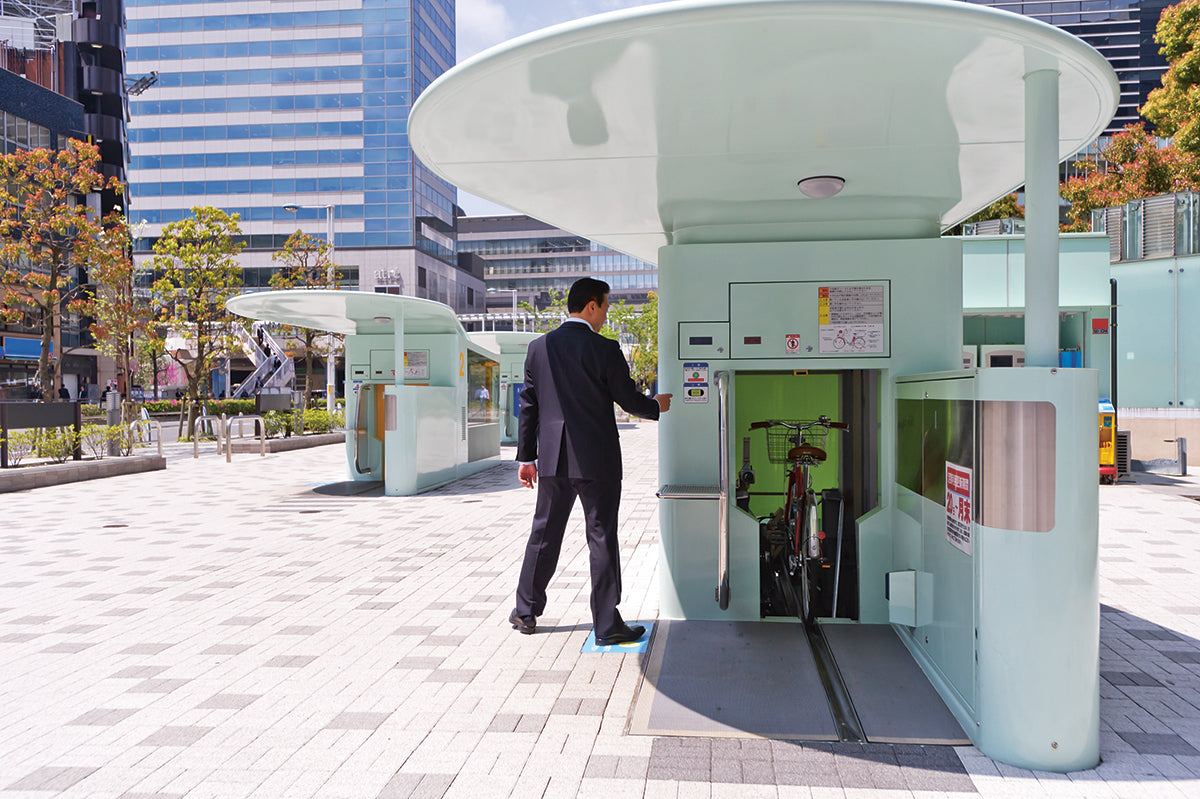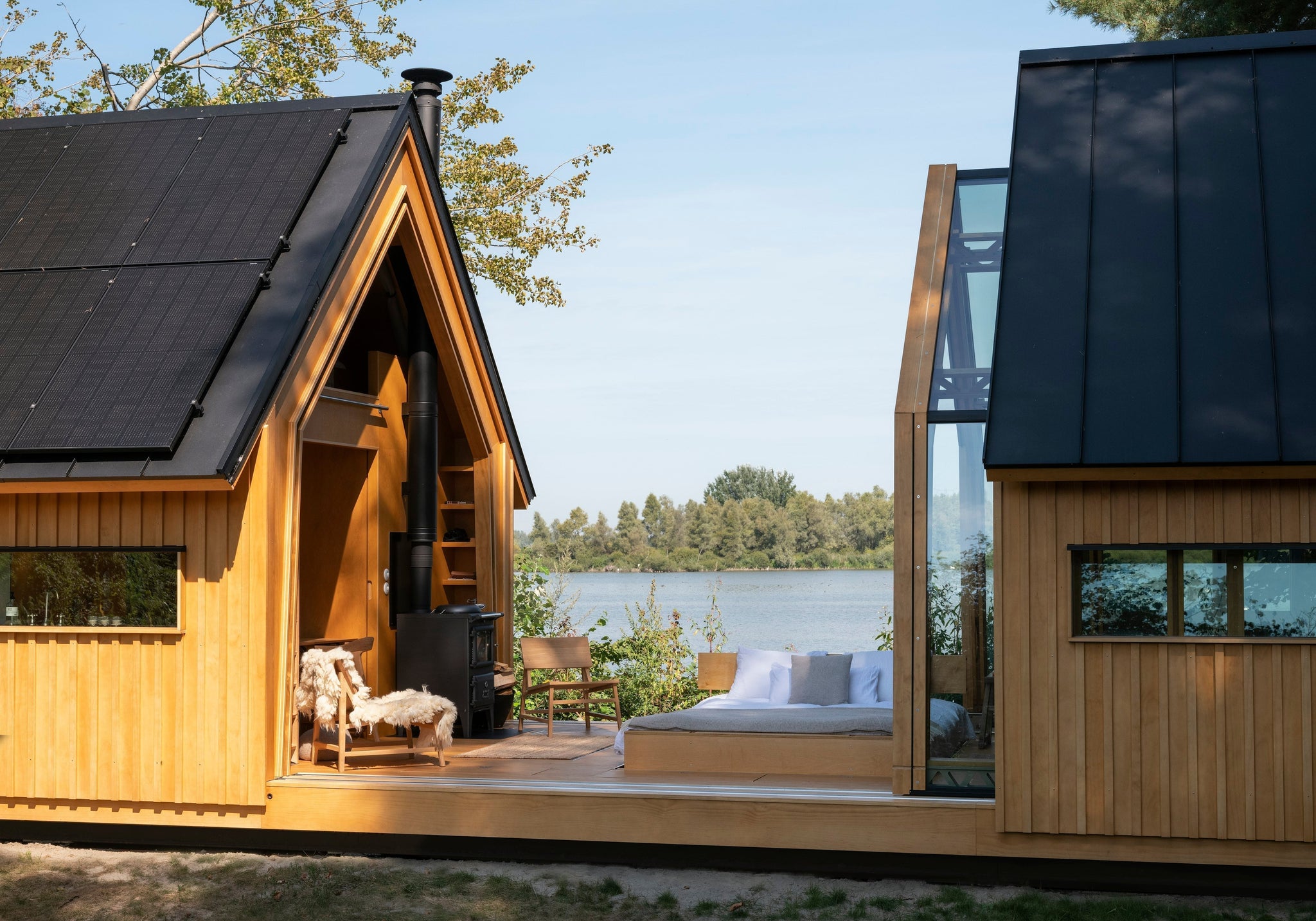
10/2018 design & fashion
Around half of the global population is currently living in urban areas. By 2050 this share of people is expected to increase up to two-thirds. Pollution is already a problem we're facing. While industrial pollution is a problem city-dwellers have limited influence on, the amount of emissions every one of us is creating by moving around the cities we live in for sure is within our scope.
It's probably the one universally accepted truth in urbanism: cycling should be encouraged as the best form of mobility–it's healthy, it’s clean and green, releasing no emissions, and taking polluting cars off the road. More city halls are pushing people to get on their bikes, hence a challenge will be to create a cycling infrastructure.
Cities have to be ambitious and match the growth of cycling with investment. This means more than simply taking space off cars to create bike lanes, which can cause increased vehicle congestion and pollution.
This will only intensify as cities launch bike-sharing schemes and, in some cases, open up the bike-sharing market to the private sector. Such projects promise to make cycling even more affordable by taking the cost of buying a bike out of the equation but they increase demand for infrastructure, from docking stations to cycle paths.
Cities have to be ambitious and match the growth of cycling with investment. This means more than simply taking space off cars to create bike lanes, which can cause increased vehicle congestion and pollution. Instead municipalities, need to come up with long-term plans to create sustainably cycle-friendly cities. Here are some of the best practices worldwide.
TWO-WHEELED CITY – GRONINGEN IN THE NETHERLANDS

In the Dutch city of Groningen there are more bicycles than people. This resulted in a serious parking space problem in the medieval roads. (Photo: Monocle 2018)
Groningen is a cycling city. It adopted a radical urban plan in the 1970s that sidelined cars in favor of cyclists and today there are more bikes than people. However, in 2015 it became clear that the cycling infrastructure was buckling. Groningen was one of the fastest-growing economic hubs in the country and its booming population was causing a problem: bikes were battling for space with pedestrians and buses on the center’s narrow medieval roads.

What might look like random crossing is the result of the four "smart routes" in Groningen. 20,000 cyclists are using paths in the Dutch city every day. (Photo: Monocle 2018)
That year city hall launched a €85m 10-year strategy. Interventions ranged from the obvious–more bike parking–to the bold: four “smart routes” were built to provide paths to more than 20,000 cyclists a day. Meanwhile, innovative traffic systems were installed at previously deadly crossroads to reduce accidents. Most cities are keen to get citizens cycling – and they should be. But this shows that investment has to increase in tandem with ridership and that a policy must be able to adapt if it’s to be truly visionary.
WHAT'S IN STORE – JAPAN

With this automated parking garage by Japanese firm Giken, your bike is safely stored away and not taking up any space–at least above ground. (Photo: Monocle 2018)
Kochi-based engineering firm Giken has come up with several bike-parking solutions for Japanese cities short on pavement space. The ingenious Eco Cycle is an underground storage park for bikes. Bicycles are drawn into a small cradle, moved down into a parking slot and hidden away from view.

The "Eco Cycle" is an underground parking garage for bikes. (Photo: Monocle 2018)
A swipe of a smart card and in seconds your bike pops out at ground level. The system has been installed at locations across Japan, including Shinagawa, a busy station in Tokyo where there is space for more than 1,000 bikes.
Mobility is only one aspect featured in The Monocle Guide to Building Better Cities. Packed with great images and intriguing reports, this is a book that takes the urbanism debate away from city hall and explains what’s needed in ways that will inspire us all. While acknowledging that there are countless challenges in creating better cities, this book is a celebration of what every one of us can do–of the possibility for change. By bringing together examples of best practice, inspiring stories, and clever ideas from cities around the globe: Tokyo, Beirut, New York, Melbourne, Copenhagen, Bangkok, and many more.












